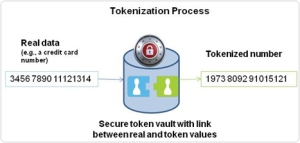Claude Code for Beginners: Step-by-Step AI Coding Tutorial

Artificial Intelligence is changing how developers write software. From generating code to fixing bugs and explaining complex logic, AI tools are becoming everyday companions for programmers. One such powerful tool is Claude Code , powered by Anthropic’s Claude AI model. If you’re a beginner or an experienced developer looking to improve productivity, this guide will help you understand what Claude Code is, how it works, and how to use it step-by-step . Let’s get started. What is Claude Code? Claude Code is an AI-powered coding assistant built on top of Anthropic’s Claude models. It helps developers by: Writing code from natural language prompts Explaining existing code Debugging errors Refactoring code for better readability Generating tests and documentation In simple words, you describe what you want in plain English, and Claude Code helps turn that into working code. It supports multiple programming languages, such as: Python JavaScri...




.jpg)
Hello Srini
ReplyDeleteJust read your article on vault -v- vaultless, this question can only be answered depending on the vault itself - was it built to be scalable? Does it store every transaction? Quite simply no it does not, but like i say it all depends on how the vault was built. Is it more secure than vaultless - definately.
Vault-less is reversible security method that replaces sensitive data with fake data that looks and feels just like the real thing. So vault-less is advanced than Vault.
Delete